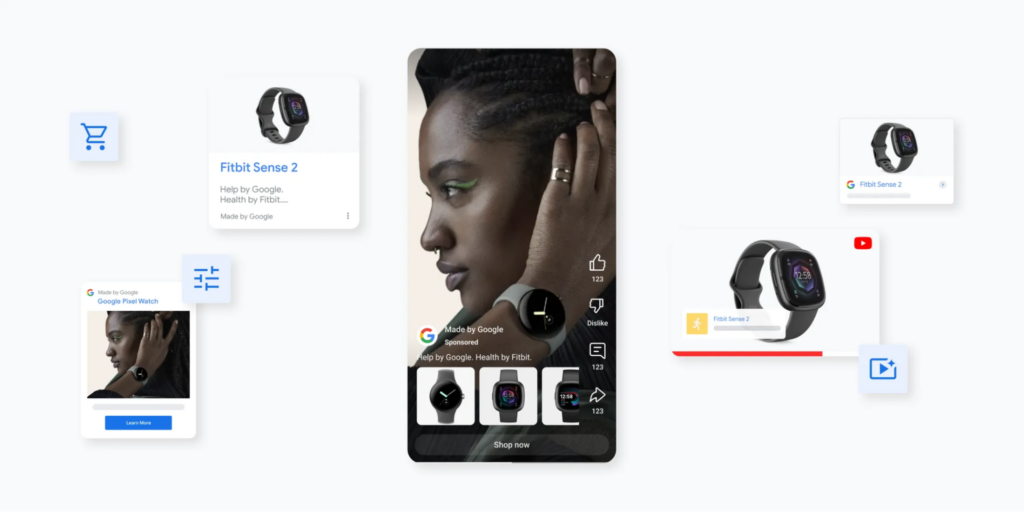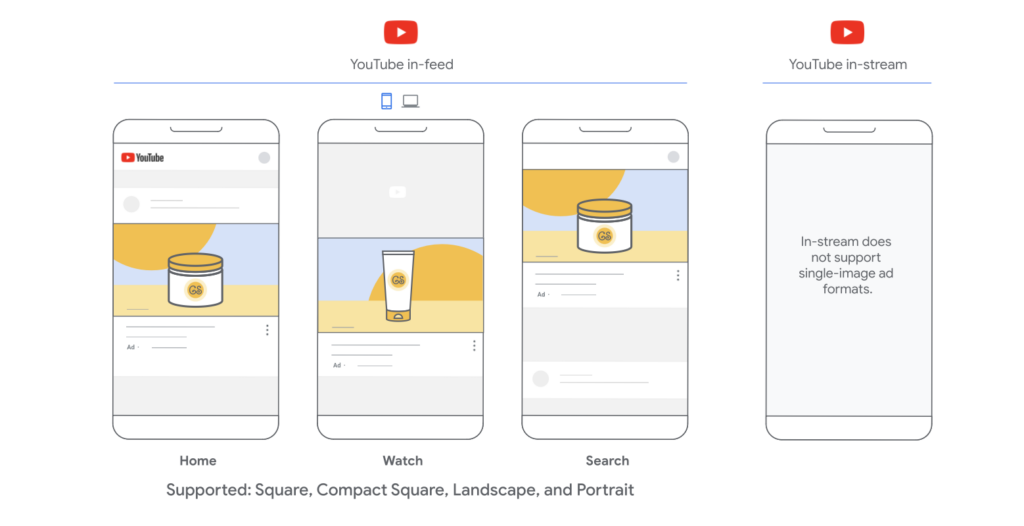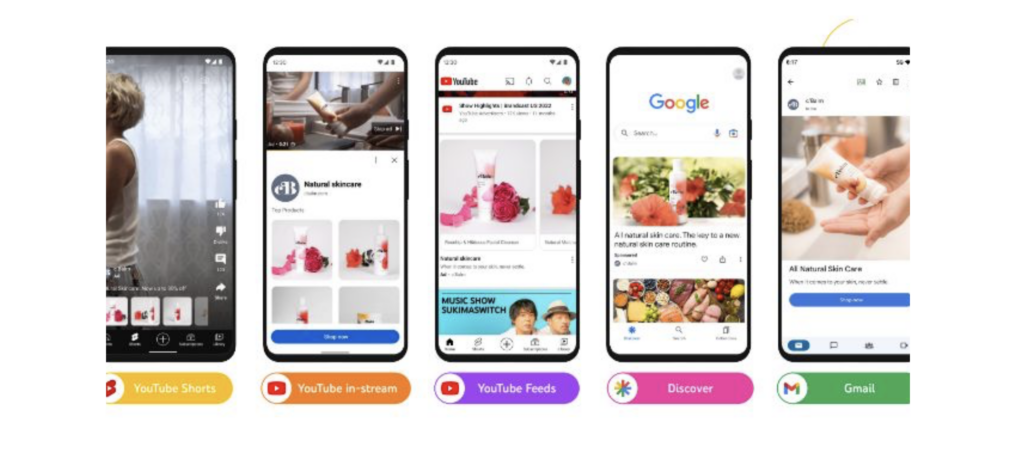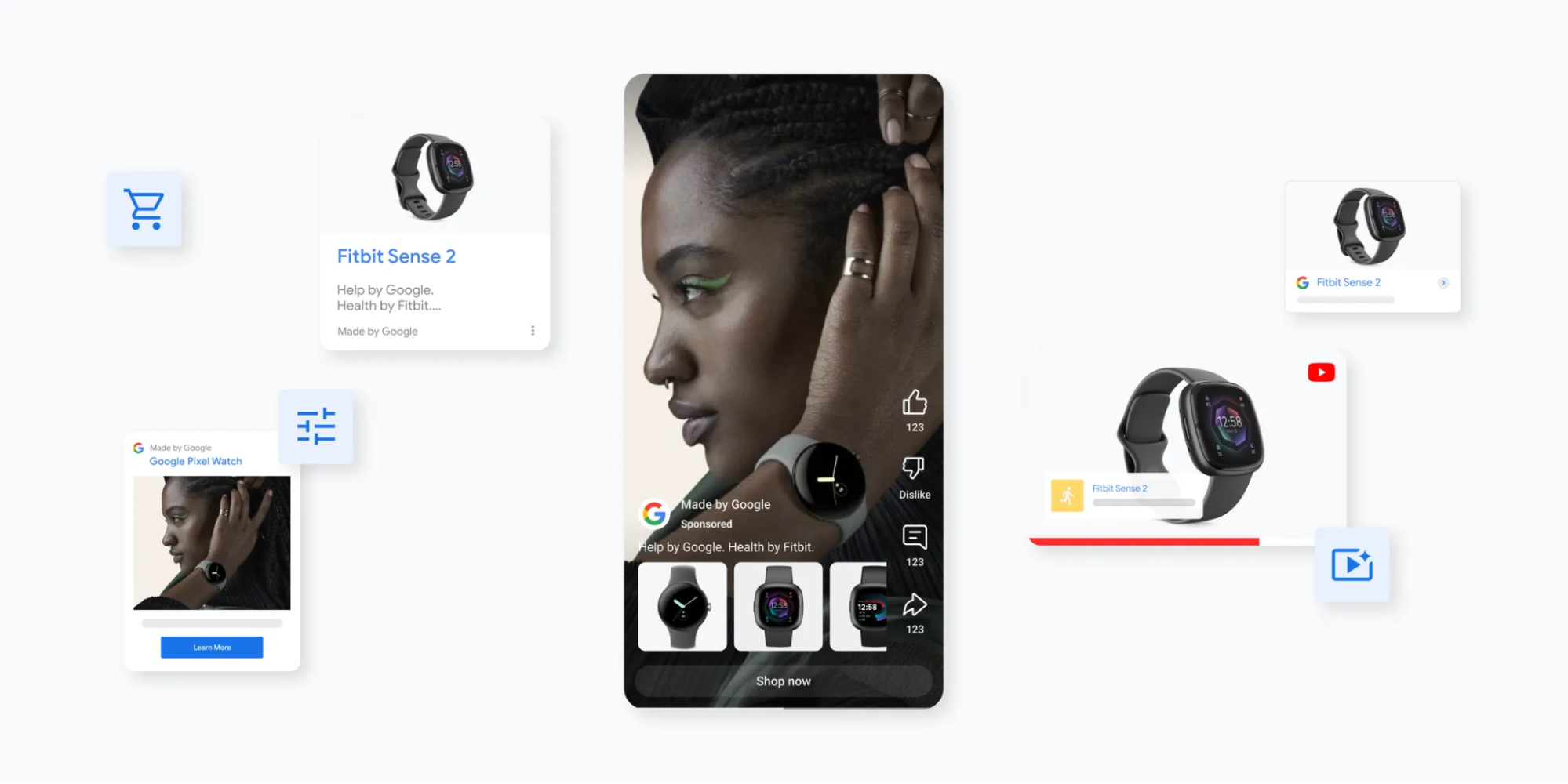Google announced recently a significant advancement in its advertising platform with the launch of new Demand Gen features for 2025.

Demand Gen, a cutting-edge solution within Google Ads, is designed to help businesses create and convert demand across YouTube and Google’s most visually engaging and immersive surfaces.
This suite of AI-powered tools, coupled with flexible controls, empowers businesses to forge deeper connections with potential customers and audiences to drive results.
Key enhancements of Google‘s Demand Gen
The 2025 Demand Gen enhancements include several key features designed to optimize campaign performance and streamline workflows:
1) Control where your ads appear — Soon, advertisers will have precise control over where their ads appear, choosing specifically between YouTube, Discover, and Gmail, and even tailoring campaigns for YouTube Shorts. This added flexibility responds directly to user feedback emphasizing the importance of control in AI-powered campaign optimization.
Furthermore, the fully-automated search engine is integrating its extensive Display inventory into Demand Gen, dramatically increasing potential reach to over 90% of the global internet population across millions of sites and apps. While Google recommends leveraging the full breadth of Demand Gen inventory for optimal cross-channel performance and maximum impact, these new, more granular controls empower advertisers to fine-tune their campaigns for highly specific strategies and objectives.

2) Multiply your creative impact — Demand Gen is boosting creative capabilities to fuel stronger campaigns. Recognizing the importance of diverse assets for various formats, the search engine is introducing several enhancements. Soon, advertisers can run 9:16 vertical image ads on Shorts, creating a more immersive, full-screen experience.
Expanding on last November’s video enhancements, a new feature will soon automate the creation of shorter video versions, simplifying scaling efforts. The Demand Gen ad creation flow is also being improved, offering users the ability to select specific video enhancements and providing the flexibility to manually edit if needed. Finally, to streamline collaboration, ad previews can now be shared with stakeholders outside of Google Ads, simplifying the feedback and approval process.
3) Drive sales with a more seamless purchase journey — Demand Gen is introducing new retail-focused features to drive sales and improve the online-to-offline shopping journey. For advertisers with a Google Merchant Center account, product feeds are coming to Demand Gen in the coming weeks, enabling deeper product discovery.
Customers can access full product details directly from ads and seamlessly browse product pages. Local offers within Demand Gen’s product feeds will show real-time local product availability, connecting online shoppers with nearby physical stores. Finally, omnichannel bidding will allow optimization for both online sales and in-store visits, maximizing omnichannel strategies.
4) Compare performance across platforms — New reporting columns are being added to Google Ads to provide better insights into Demand Gen campaign performance compared to paid social efforts, aiding budget decisions. These columns will include view-through conversions, mirroring how social platforms measure performance. They will also isolate Demand Gen’s impact from other Google campaigns, enabling more accurate cross-channel comparisons.
As Google continues to expand its reach beyond services and into hardware, the company is making a significant move to solidify its position as a leader in the workplace technology space. It remains committed to providing comprehensive support and resources to help businesses effectively leverage Demand Gen. For more information, see this blogpost, FAQ page, and best practices guide.
About Google

Google’s mission is to organize the world’s information and make it universally accessible and useful. Through products 1 and platforms like Search, Maps, Gmail, Android, 2 Google Cloud, and YouTube, Google plays a significant role in the daily lives of billions of people around the world.
Earlier this year, the company also announced the integration of its most advanced AI capabilities directly into Google Workspace, a series of cloud-based tools formerly known as ‘G Suite.’ This powerful suite, encompassing Gmail, Drive, Docs, Sheets, Slides, Meet, and many more, already empowers teams to collaborate seamlessly, boost productivity, and stay connected from anywhere.
Now, with the inclusion of AI, Google becomes even more indispensable for businesses of all sizes.








